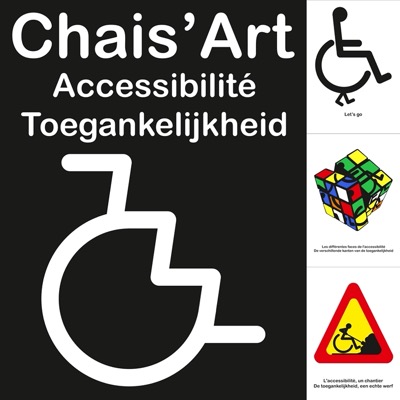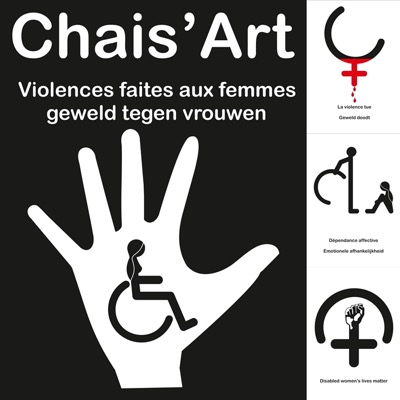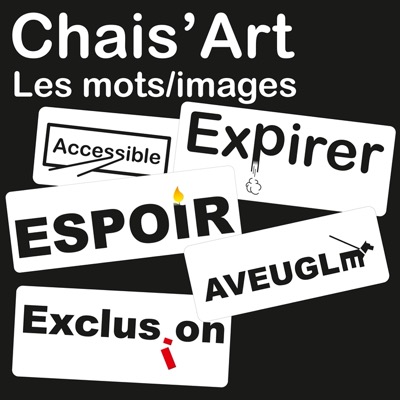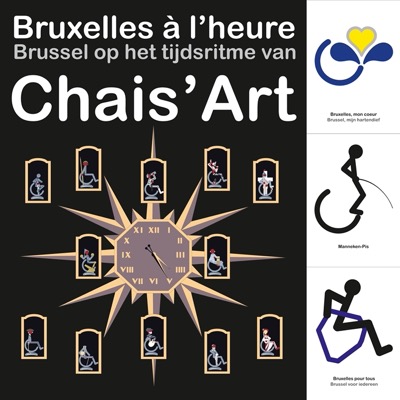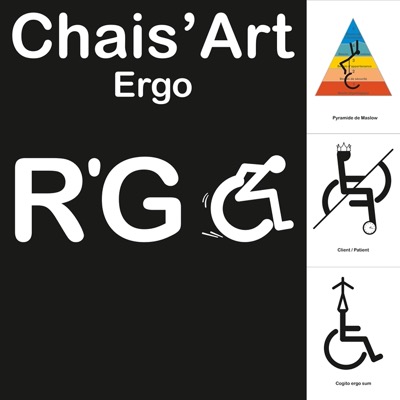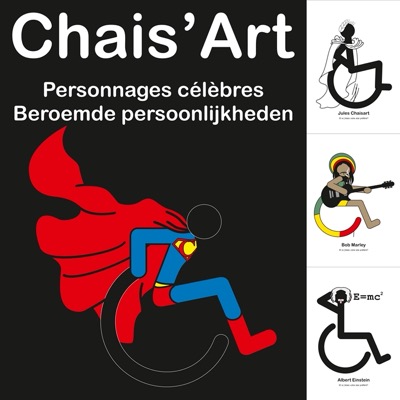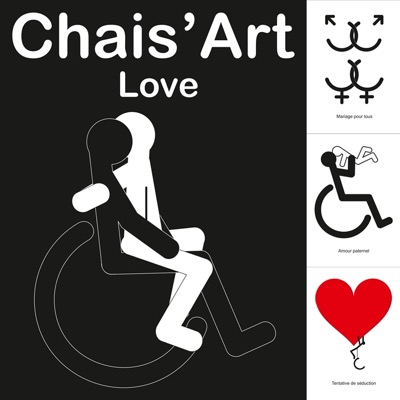Visual impairment

Visual impairment is a sensory impairment because it affects one of our five senses, vision. This sense is made up of different functions, such as visual acuity, or precision of vision, expressed in fractions (10/10, 1/20, ...), the visual field, or portion of space that is seen, expressed in degrees of angle, or colour vision. There is also the vision of contrasts or ocular motility, or eye movements.
The damage to vision can occur at different levels, such as the eye, the organ of reception, the optic nerve, the organ of transmission of the visual message or the brain, the organ of processing of the visual message (perception, sensory-motor response, cognition). People with profound visual impairment or partial blindness still use their vision, but most of them have to use the compensatory palliative techniques that are essential for people with total or near total blindness. These include using the other senses, memory, learning communication skills, reading and writing...
News
Links
acceptance and fostering - at all levels in society - of the rights of all human beings,
including people with activity limitations ..... in an ensured context of high human health,
safety, comfort and environmental protection. Accessibility is an essential attribute of a
"person-centred", sustainable built environment.

